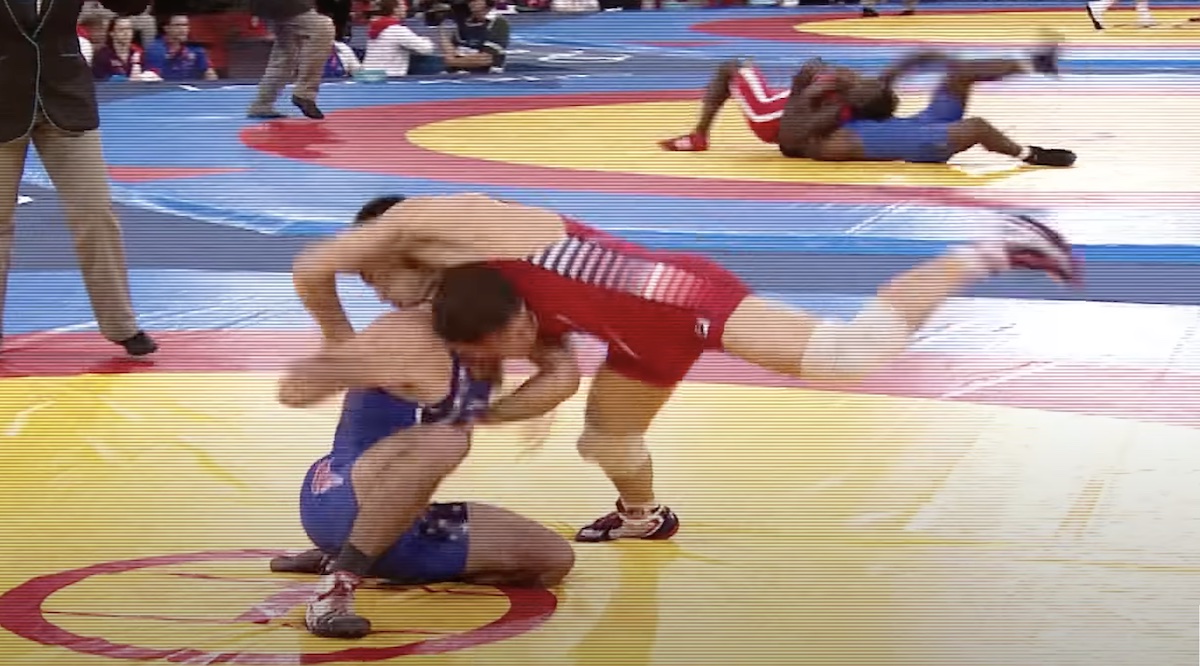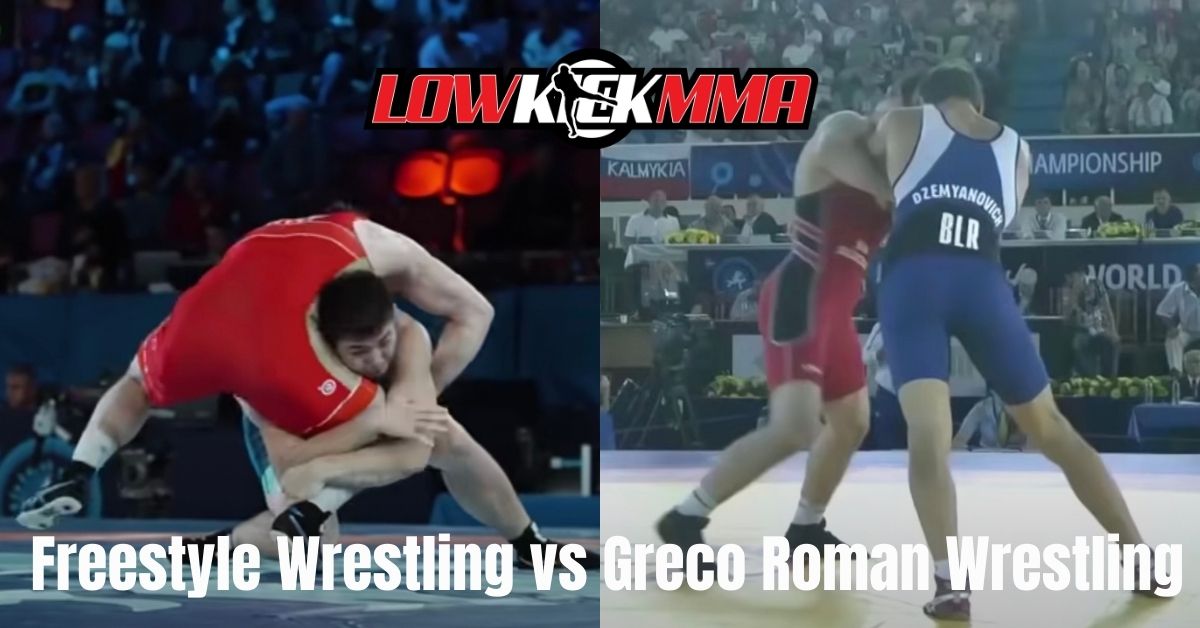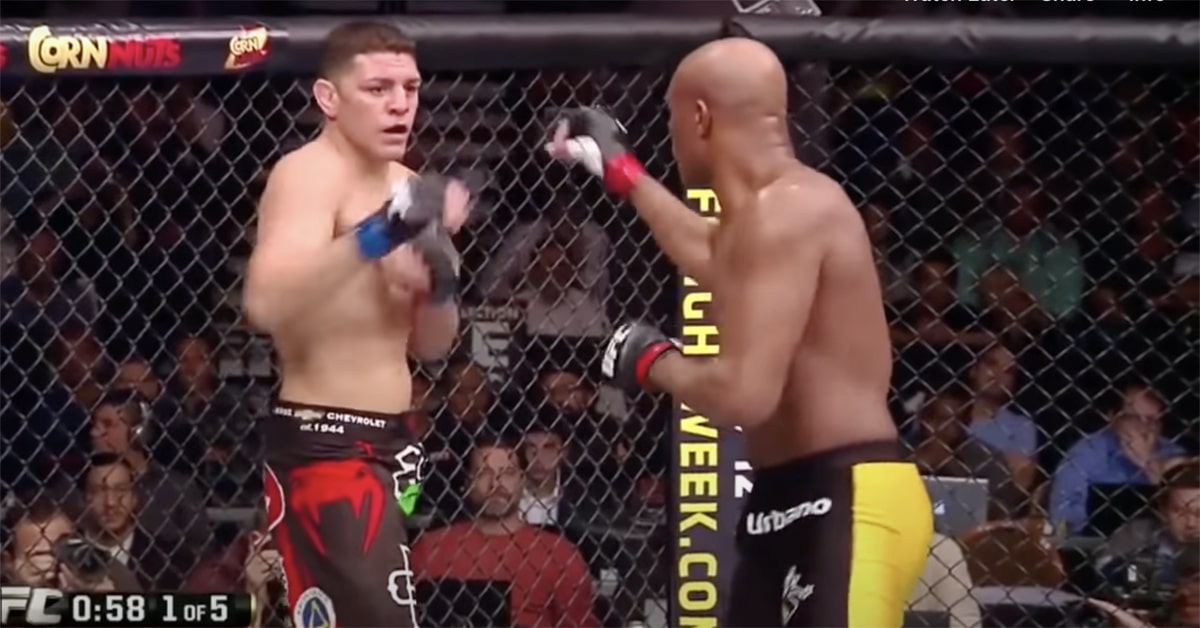
A no contest is one of those fight results you don’t see much in the UFC or MMA. New UFC fans may be confused and not know exactly what a no contest is.
Let’s clear up the confusion and break down the question of what is a no contest in the UFC. Covering the exact definition of a no contest from the unified rules of MMA and listing notable no contests in UFC history.
What Is A No Contest In The UFC?
To answer, what is a no contest in the UFC, let’s go directly to the ABC’s unified rules of MMA. On page 8, under the definition of types of decision, this is the ABC’s definition of a no contest.
“No Contest: When a contestant is prematurely stopped due to accidental injury and a sufficient amount of time has not been completed to render a decision via the score cards.”
When a fight is ruled a no contest, this means that neither fighter is the winner of the bout. On their records, the fight is listed as a no contest.
Examples Of A No Contest
A no contest can be declared for a number of reasons. Here are some of the reasons that a fight in the UFC can be ruled a no contest.
Accidental Illegal Strike
Sometimes a fighter will hit their opponent with an accidental illegal strike. It could be anything from kicking a downed opponent, low blow, eye poke, or accidental headbutt.
If a fighter is incapacitated or too injured to continue, the referee can declare the fight a no contest.
Outside Interference
If a third party interferes in the fight, the bout can be ruled a no contest. A third party could be anyone from the referee, cornerman, or even a fan interrupting the bout.
Failed Drug Test
Fighters who win a fight but fail a drug test will result in the fight being overturned. Instead of a win, the fight will be switched to a no contest along with a heavy fine and suspension.
Post Fight Appeal
If a fighter feels that their fight was unjustly stopped, they have the right to appeal the fight. They take their case to the athletic state commission that oversaw their fight. If the fighter wins their appeal, the fight will then be overturned to a no contest.
Double KO
The ultra-rare double knockout, where both fighters knock each other out will be marked as a no contest.
Fixed Fight
Another rare instance of fights being ruled a no contest can be from a fixed fight. If an athletic commission discovers a fight was fixed, this will lead to a fight being overturned to a no contest.
Broken Cage
It has never happened in the UFC, but broken cages or rings have happened in smaller promotions. When this happens during a fight, the bout will be stopped and declared a no contest.
What Do Fighters Get Paid If The Bout Is A No Contest?
In fights that result in a no contest, the fighters will receive their contractual show money for participating in the fight. Since neither fighter won, they don’t receive a win bonus.
If a fight is overturned to a no contest after an event, it’s unknown if the UFC recoups the win bonus. Although for positive drug tests, the fighter is fined a substantial amount along with a suspension.
What Happens To Bets If A Fight Is Ruled A No Contest?
When a fight ends in a no contest, any bets placed on the fight are null and void. Meaning that the existing bets are canceled, and funds are returned to the better.
No Contest vs. Technical Decision
Sometimes, a fight ending early can also go to a technical decision instead of a no contest. Here is the definition of a technical decision from the ABC’s unified rules of MMA.
“If an accidental foul causes an injury severe enough for the referee to stop the bout after ½ of the scheduled rounds, plus one (1) second of the fight has been completed, the bout will result in a TECHNICAL DECISION awarded to the fighter who is ahead on the scorecards at the time the bout is stopped.”
Notable No Contests In The UFC
There have been quite a few fights that have ended in a no contest in the UFC. Here are some of the most notable fights in the UFC that resulted in a no contest.
Nick Diaz vs. Anderson Silva
Anderson Silva and Nick Diaz had a memorable battle in 2015 that was considered one of the year’s best fights. Silva walked away with a decision win until the results of pre-fight drug tests came in after the fights.
Both fighters failed their drug tests, with Silva testing positive for steroids and Diaz for Marijuana. The fight was immediately overturned to a no contest. Diaz was also handed a lengthy suspension that subsequently ruined his fighting career.
Jeremy Stephens vs. Yair Rodriguez
Jeremy Stephens vs. Yair Rodriguez was one of the most anticipated featherweight bouts of 2019. Fight fans’ expectations were completely destroyed as Rodriguez poked Stephens in the eye in the bout’s first 15 seconds. The fight was never rescheduled.
Bobby Moffett vs. Chas Skelly
In 2018, Bobby Moffett fought Chas Skelly, which Moffett initially won by submission. The problem, however, was that Skelly never tapped out.
Skelly appealed the results to the Colorado State Athletic Commission and won his appeal. Resulting in the fight being overturned to a no contest.
Gray Maynard vs. Rob Emerson
On the TUF 5 Finale event, Gray Maynard slammed Rob Emerson to the mat. Emerson would submit, but Maynard knocked himself out, hitting the mat. Since both fighters were incapacitated, the ref had no choice but to declare the fight a no contest.
Jon Jones vs. Daniel Cormier 2
In the last fight of their blood feud, Jones dominated Cormier and won the fight by TKO. However, like most everything in Jones’ career, controversy followed him after the fight. Jon would fail another drug test, which resulted in the fight being overturned to a no contest.
Kevin Holland vs. Kyle Daukaus
The most recent no contest happened just this year. Kevin Holland cut down to welterweight to fight Kyle Daukaus at UFC Fight Night 193.
It was a highly anticipated fight that had a disappointing finish. The two fighters clashed heads, which resulted in Kevin Holland getting knocked out. An obvious accident that resulted in a no contest.
Conclusion
We don’t often see a no contest in the UFC, but they happen from time to time. Now that we’ve cleared up the definition of a no contest, you’ll understand the decision the next time one happens.
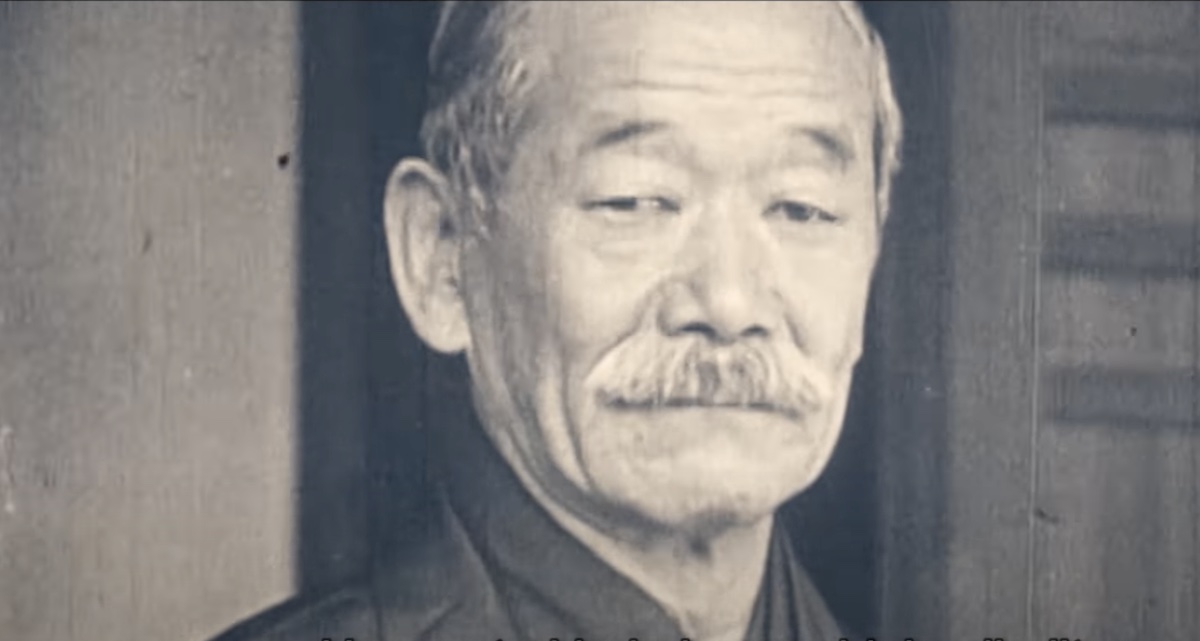 Modern martial arts would not be what they are today without the work of Judo Grandmaster Jigoro Kano. Kano not only created the art of Judo, but he changed how martial artists view and practice self-defense. Here is the complete story of the founder of Judo, Jigoro Kano. Detailing how his rough childhood led to […]
Modern martial arts would not be what they are today without the work of Judo Grandmaster Jigoro Kano. Kano not only created the art of Judo, but he changed how martial artists view and practice self-defense. Here is the complete story of the founder of Judo, Jigoro Kano. Detailing how his rough childhood led to […]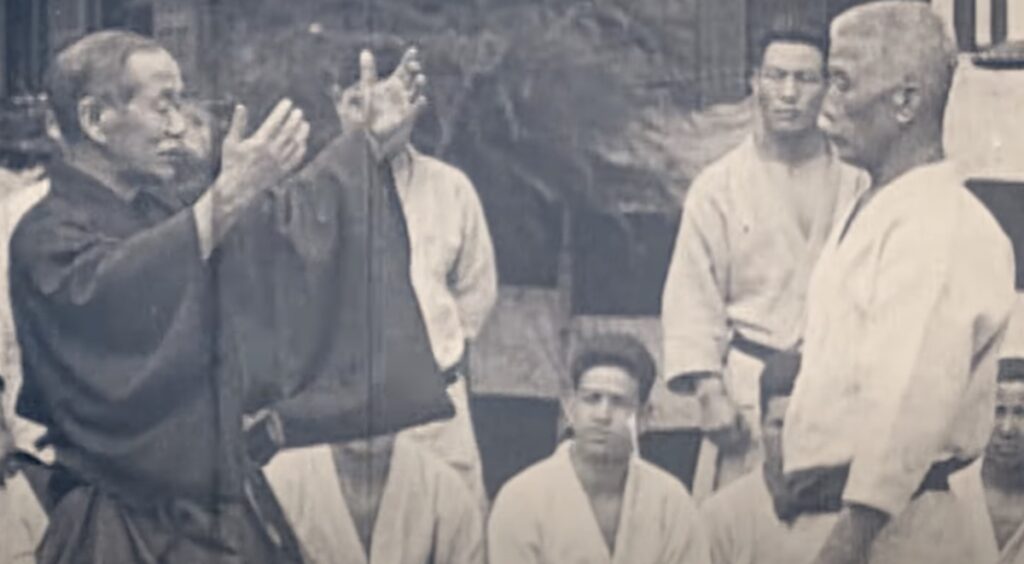
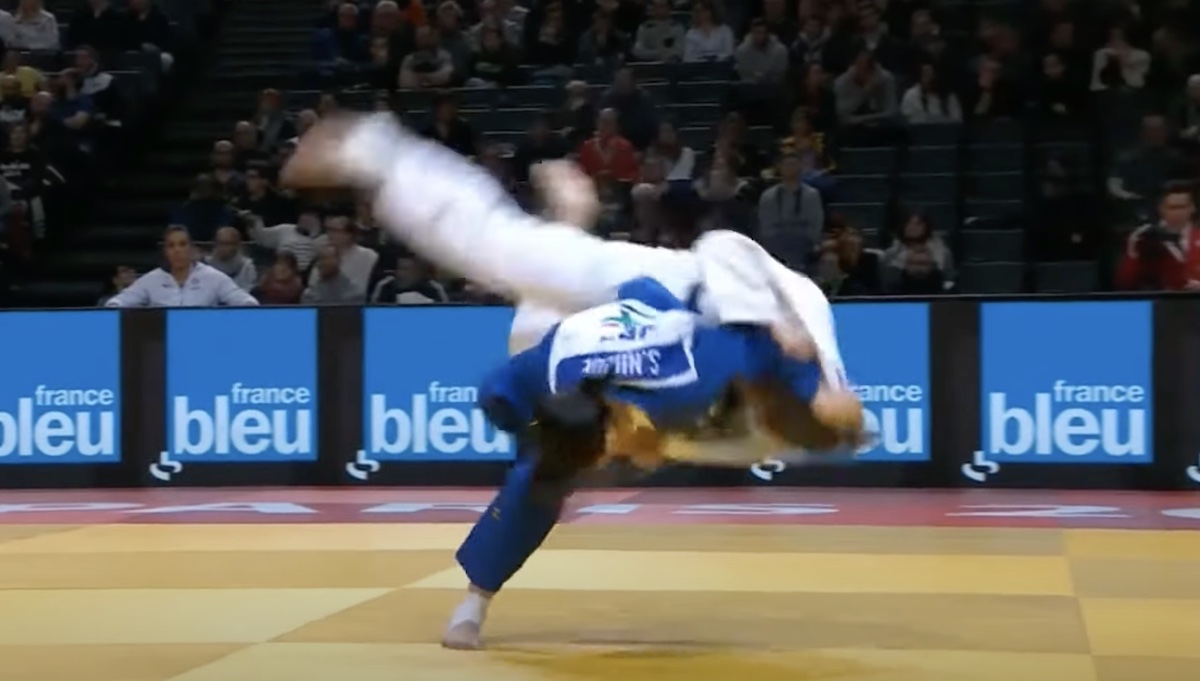 The Harai Goshi is one of the core throws within the martial art of Judo. It’s a simple yet powerful throw that is great to add to your grappling game. Here is what you need to know about the famous Judo throw. We’ll review different setups and important tips for hitting the throw. Who Invented […]
The Harai Goshi is one of the core throws within the martial art of Judo. It’s a simple yet powerful throw that is great to add to your grappling game. Here is what you need to know about the famous Judo throw. We’ll review different setups and important tips for hitting the throw. Who Invented […]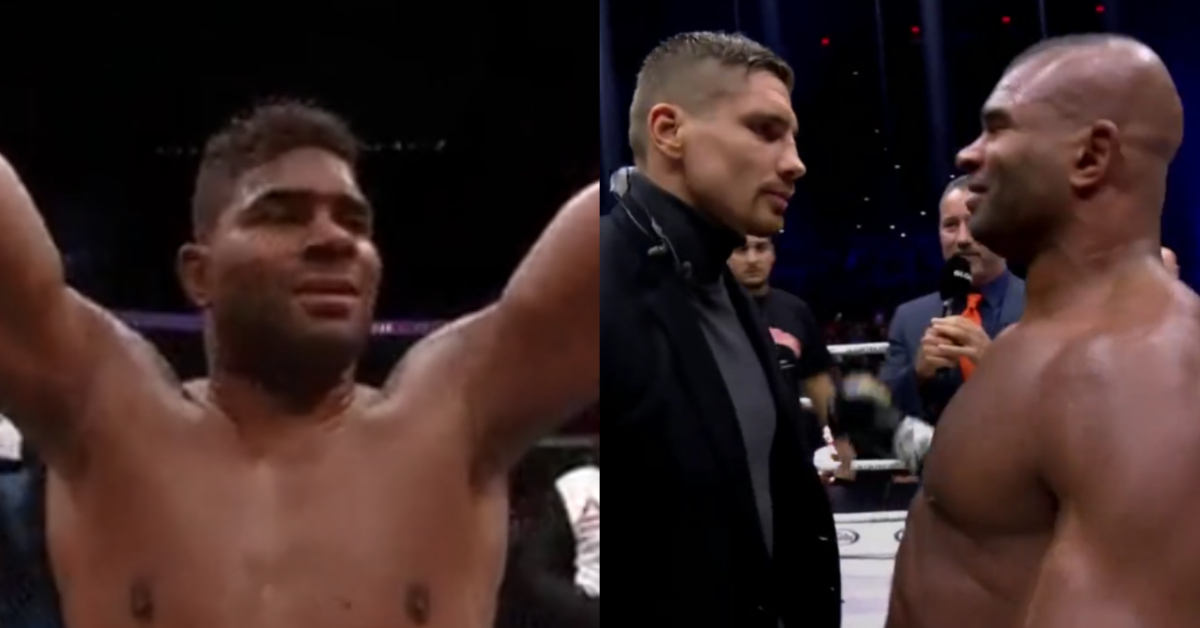 Alistair Overeem and Badr Hari closed the book on their rivalry that spanned more than a decade on Saturday. The two heavyweights stepped inside the ring for their highly-anticipated trilogy bout as the main event of GLORY: Collision 4. The two behemoths met for the first time in 2008 with Overeem scoring a first-round knockout […]
Alistair Overeem and Badr Hari closed the book on their rivalry that spanned more than a decade on Saturday. The two heavyweights stepped inside the ring for their highly-anticipated trilogy bout as the main event of GLORY: Collision 4. The two behemoths met for the first time in 2008 with Overeem scoring a first-round knockout […]





